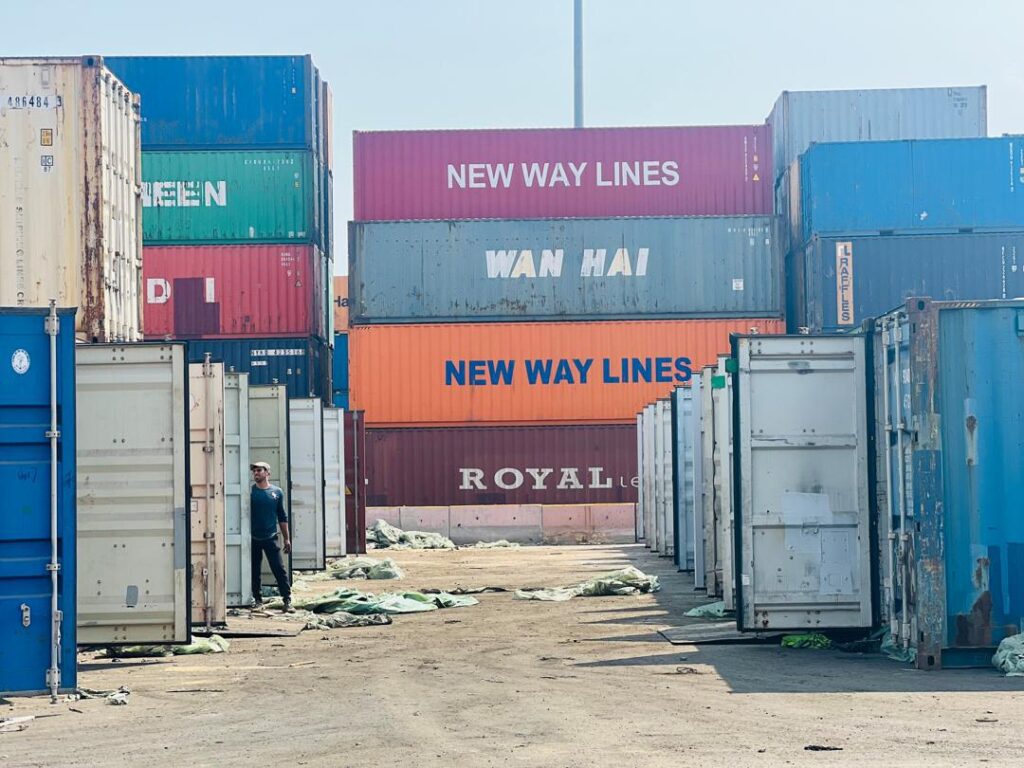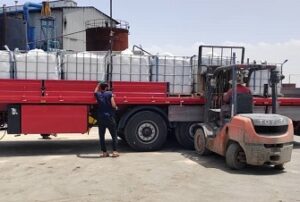African Bitumen Trade Heats Up Despite Financing Hurdles and Seasonal Slowdowns
East Africa Sees Upward Momentum in Construction-Led Demand
In East Africa, nations such as Kenya, Uganda, and Ethiopia are seeing a noticeable uptick in bitumen requirements, closely linked to road construction and infrastructure renewal programs. Kenya is emerging as a standout, where improved macroeconomic indicators have aligned with a ramp-up in both government and private infrastructure ventures. Recent cargo offloads at Mombasa confirm sustained imports of drummed bitumen, reflecting the country’s proactive development approach.
Although Kenya recorded a modest inflation rise to 4.1% in April, this remains well within policy tolerance and hasn’t dampened investment enthusiasm. In Uganda, the early months of the year showed slower activity, but upcoming project restarts—expected by late May or early June—may spark fresh demand across the region.
Ethiopia Faces Financing Friction Despite Demand Potential
While Ethiopia’s bitumen consumption potential remains strong—projected at up to 50,000 tons in 2024—ongoing constraints around trade financing continue to restrict supply flows. Stakeholders across the region are actively working to resolve these issues to ensure smoother market access.
Shipping and Price Trends Reflect Import Dependence
Export prices from Iran, a major supplier, have edged downward. Bulk shipments now average between $337.20 and $345 per ton FOB Bandar Abbas—a $1.40/ton drop. Similarly, drummed cargoes saw a $4/ton decline, now ranging from $379 to $398 per ton FOB. Shipping rates to East Africa, however, remain unchanged: drummed bitumen from Bandar Abbas via Jebel Ali to Mombasa averages $105–$115 per ton, while rates to Dar es Salaam and Djibouti sit slightly higher at $120–$130.
Southern Africa Balances Imports and Local Competition
Meanwhile, in South Africa, the approach of winter hasn’t slowed roadbuilding efforts. In fact, hot bitumen continues to be used in major highway undertakings, including the N3 (Durban–Johannesburg), the N2 South Coast, and the N4 corridor extending to Mozambique. The local bitumen market has seen a sharp price correction—domestic trucking rates have dropped by R800 per ton to R11,000, as more cost-efficient imported stock floods the market, intensifying competition.
Conclusion: A Market Defined by Infrastructure, Trade, and Transition
Africa’s bitumen landscape is in flux. Infrastructure initiatives are creating solid demand fundamentals, while regional challenges such as trade financing, import pricing, and weather-related seasonality continue to shape short-term trends. Whether in East Africa’s fast-developing corridors or South Africa’s highway expansions, bitumen remains a vital material underpinning the continent’s growth.




